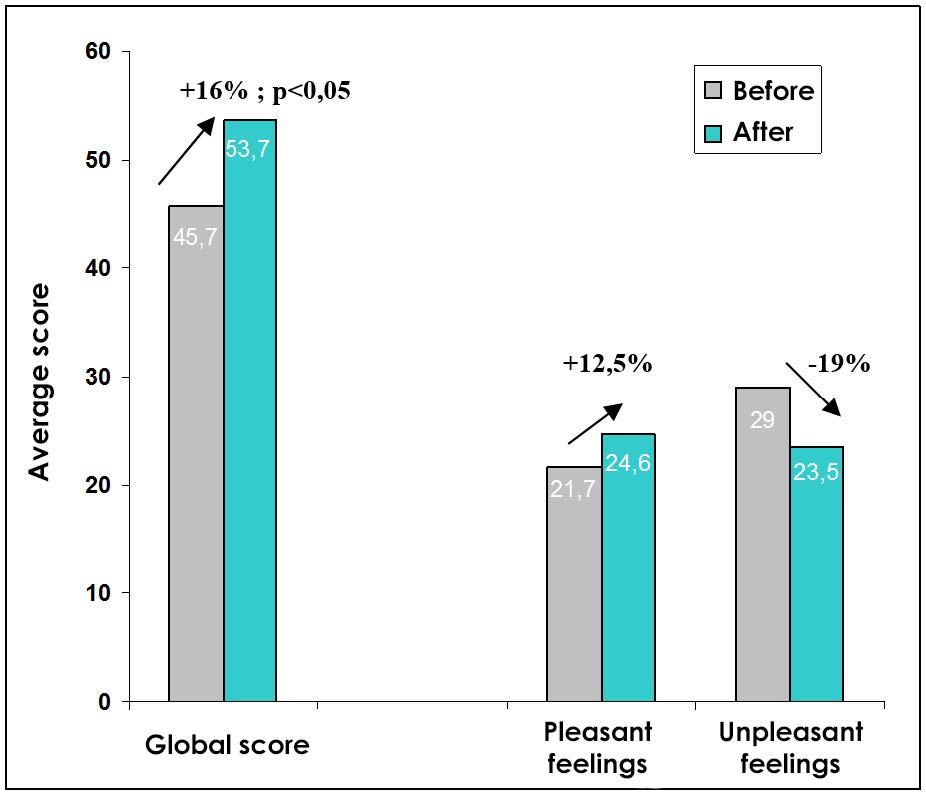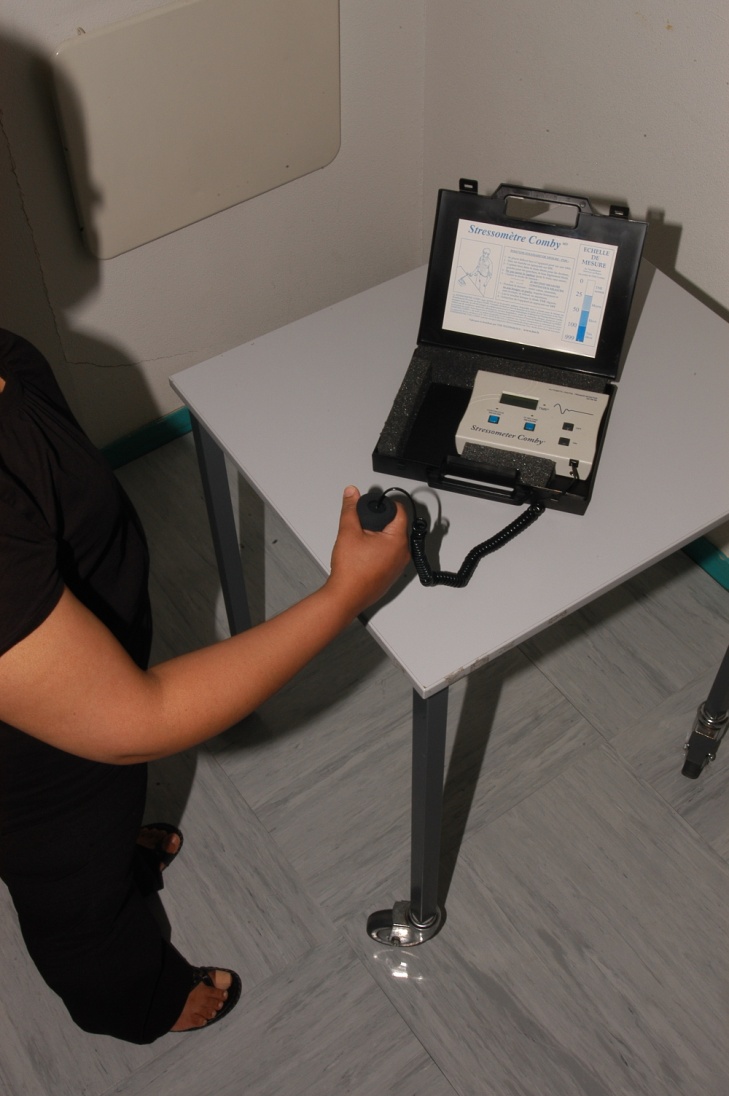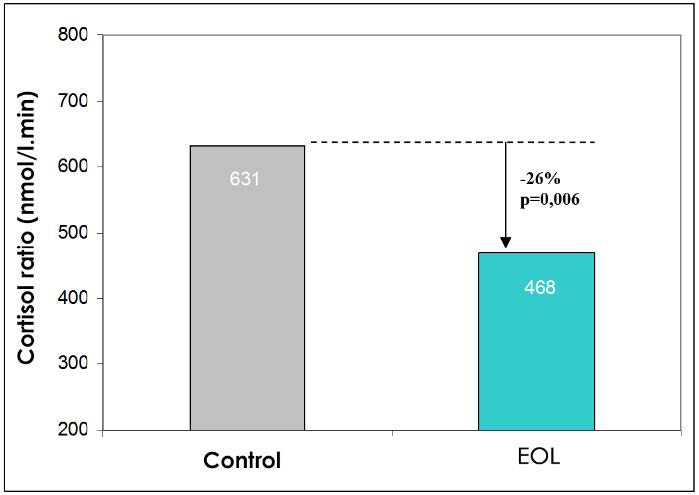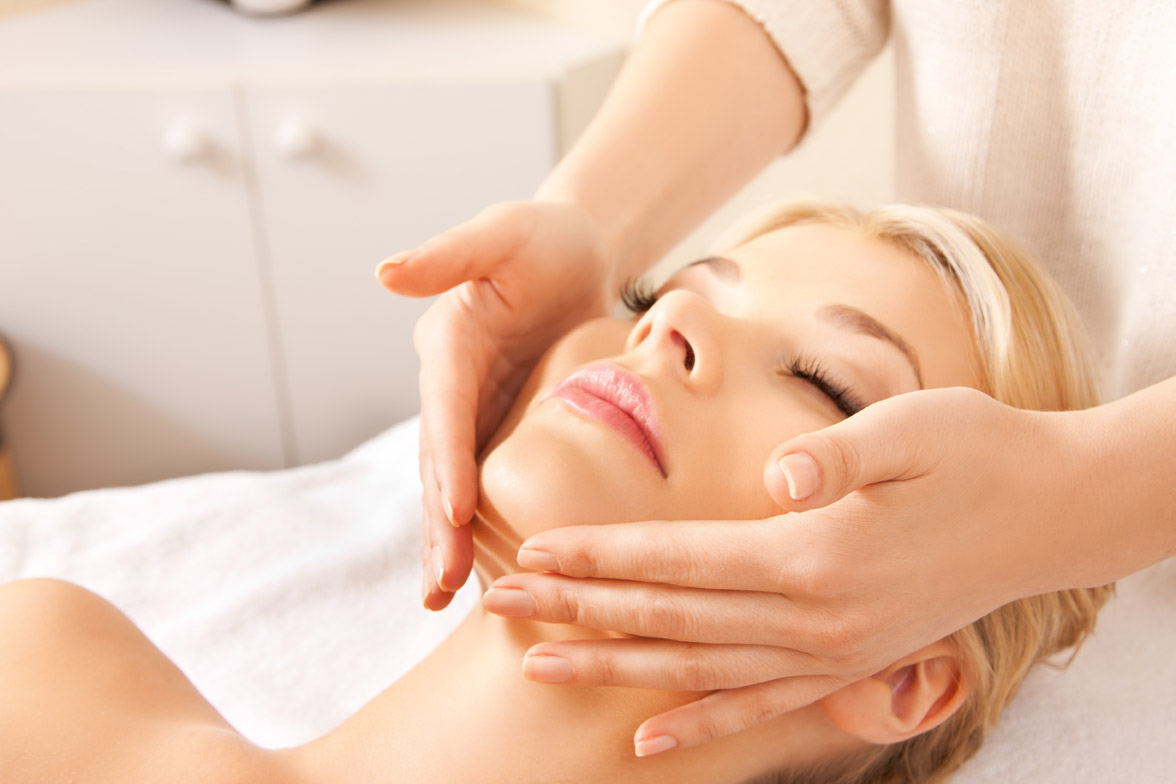Today, consumers expect more from their cosmetic or health products than a good tolerance and a proven high efficiency. They must also improve their well-being, their mood or their quality of life[1].
For many years, Dermscan has been offering you standard or innovating methods to objectively measure well-being. Our various approaches to evaluate energising, relaxing, etc. effects can be combined to increase the power of analysis.
Life Quality Scale
Life quality scales allow for objective, reliable and sensitive measurements of well-being's three dimensions: Physical, psychological and social well-being.
In 2006, Dermscan already began going deeper into this subject and set up a scientific poster during the IFSCC congress.
A cosmetic or a dermocosmetic product has a soothing but also pleasure effect when using it. The most complete vision of a product's effects is obtained by the evaluation of not only its efficiency but also of its influence on the users' well-being.
BMIS (Brief Mood Introspection Scale)[2].
This scale is built around eight dimensions: Happiness, affection, calm, energy, fright, anger, weariness and sadness. It specifically measures the subjects' change of mood. It is therefore well suited to study the immediate effects of products, beauty care or electric appliances.

Example: Evaluation of the immediate well-being effect of an aesthetic healthcare product (BMIS scale); n=15 women
PWEMS (Psychological Well-being Expression Measurement Scale)[3].
This questionnaire is built around six dimensions: Self-esteem, balance, social commitment, happiness, sociability, self-control and control over events.
L’EMMBEP is a questionnaire summarising the expressions of well-being felt by the subjects during the previous month. It is therefore well-suited for long term studies, such as antiageing, slimming product studies, food supplements treatment studies, etc.

Measurement Of Human Tremor
Human tremor at rest (TNR) corresponds to rhythmic vibrations caused by unwanted muscle contractions at rest. It has been demonstrated that the TNR amplitude was related to the studied subjects' nervous state: Adrenaline, nicotine and caffeine increase TNR while relaxation decreases it[4].
In order to quantify the TNR, Dermscan uses the Stressometer Comby type ADTM 60 precision device.
Measuring someone's TNR thus accurately gives his stress level.

Example: Evaluation of the relaxing effect of essential oil of lavender (EOL); n=20 women.
Salivary Cortisol Dosing
Cortisol, also called stress hormone, is a glucocorticoid synthesised from cholesterol by the cortisol-adrenal gland. Once secreted, the cortisol activates the gluconeogenesis, protein and lipidic metabolisms, thus supplying energy to the body to face a physical or psychological aggression.
It has been shown that the cortisol rate was positively correlated to the stress[5]. Conversely, under relaxing conditions, a reduction of the cortisol rate was observed (relaxation practices, body care, etc.)[6].
A linear relation exists between the free plasma and salivary cortisol rates. Cortisol dosing from a saliva sample is therefore a simple and non-invasive method to evaluate a subject's level of stress.
Cardio-vascular Parameters
The heart rate and blood pressure are biological parameters influenced by the level of stress[7]. On initially nervous or stressed-out persons, some relaxing conditions such as meditation or special music, colours or perfumes help reduce both these parameters.
The subjects' heart rate and blood pressure are recorded by a doctor using a chronometer and a tensiometer.

Stroop Test
The Stroop effect reported by John Ridley Stroop en 1935[8] consists in showing subjects written words in different colours. Naming the words' colour is more or less easy than it corresponds or not to the word itself (for example, name the colour in which the word "YELLOW" was written). Indeed, when the word corresponds to its colour (the word "GREEN" written in green), a facilitating effect is observed. Conversely, if the colour and the word don't match, an interference effect is observed: Naming the colour in which " RED" is written when in yellow is more difficult than naming the colour of any other word written in yellow.
This effect is usually attributed to the interference a cognitive processing has on the other. The Stroop test is used to cause a standardised and moderate psychological stress to subjects and help study the relaxing effect f a product or a protocol under these conditions.
For further information: Read the article “Quantifying wellness” - Anti-ageing Benefits Beyond Wrinkle Reduction co-written by A. Sirvent, Ph.D. Dermscan R&D manager and F. Girard, Ph.D. Dermscan CEO. Cosmetics & Toiletries Vol. 131, No. 8 - October 2016.

References
1. The World Health Organization (WHO) defines the quality of life as being the image a person has of his place in life, within the cultural context and the value system he lives in, in relation with his goals, his expectations, his standards and his worries.2. Mayer & Gasche. The experience and meta-experience of mood. J. Personal. Soc. Psychol. 1998; 55: 102-11.
3. Massé, Poulain, Dassa et al. Elaboration and validation of a psychological well-being measurement tool: EMMBEP. Revue canadienne de Santé Publique. 1998; Sept-Oct.
4. Comby B, Bouchoucha M et al. A new method for the measurement of tremor at rest. Int. Arch. Physiol., Biochem. Biophysics. 1992; 100: 73-8.
5. Van Eck M. et al. Individual differences in cortisol responses to a laboratory speech task and their relationship to responses to stressful daily events. Biological Psychology. 1996; 43: 69-84.
6. Pawlow LA. et al. The impact of abbreviated progressive muscle relaxation on salivary cortisol. Biological Psychology. 2002: 601-16.
7. Barkat S, Thomas-Danguin T, Bensafi M, Rouvy C, Sicard G. Odor and color cosmetics products: correlations between subjective judjement and autonomous system response. Int. J. Cosm. Sci. 2003; 25: 273-83.
8. Stroop JR. Studies of interference on serial verbal reaction. J. Exp. Physiol. 1935; 18: 643-62.
